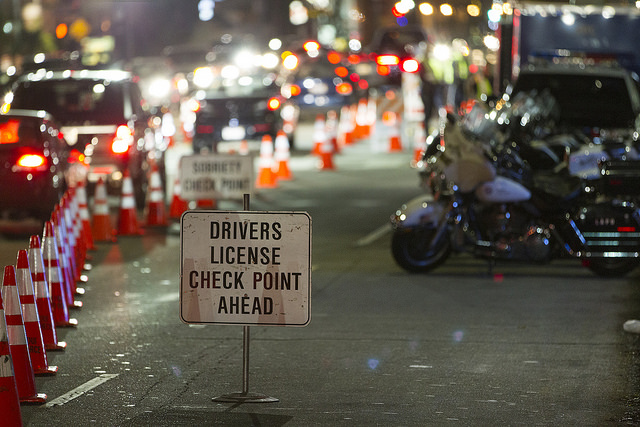New Jersey’s 4th largest city, Elizabeth, is soon to become one of several municipalities in New Jersey to offer photo identification cards for the undocumented immigrant population, and other underserved members of the community such as homeless persons. On Tuesday, city council members voted unanimously to approve a city ordinance benefitting undocumented immigrants who do not have any form of photo identification. A second and final vote on the ordinance is expected next month. According to the U.S. Census nearly half of the residents of Elizabeth, New Jersey are foreign-born persons. Elizabeth is only one of many cities in New Jersey that has considered adopting a municipal identification card program. Recognizing that New Jersey is home to a large population of undocumented immigrants, various cities in New Jersey already have a municipal identity card program incorporating the undocumented immigrant population into society. New Haven, Newark, Roselle, Perth Amboy, Highland Park, Asbury Park, Trenton, and many other cities have adopted some form of municipal identification card.
The photo identification cards will provide basic information including the person’s name, date of birth, address, and an expiration date. Only persons 14 years of age or older will be able to obtain these photo identification cards. Although these cards will not be a form of federal identification, and do not confer any type of immigration benefit, or employment authorization, having access to a photo identification is very important for the undocumented immigrant population for various reasons. First, it is nearly impossible to obtain certain benefits without a valid photo identification. For example, many undocumented immigrants are unable to open a bank account, access basic government services, enter government buildings, fill prescriptions, obtain medical care, enroll in adult courses, or receive state benefits they are entitled to, but cannot receive without presenting a valid photo ID. Second, this measure will be especially important for persons who cannot obtain a driver’s license, passport, or other government issued ID by any other means. Third, because many undocumented immigrants cannot open a bank account since they do not have a form of identification, undocumented persons are often targeted as walking ATMs because they carry large amounts of cash.
 Visa Lawyer Blog
Visa Lawyer Blog




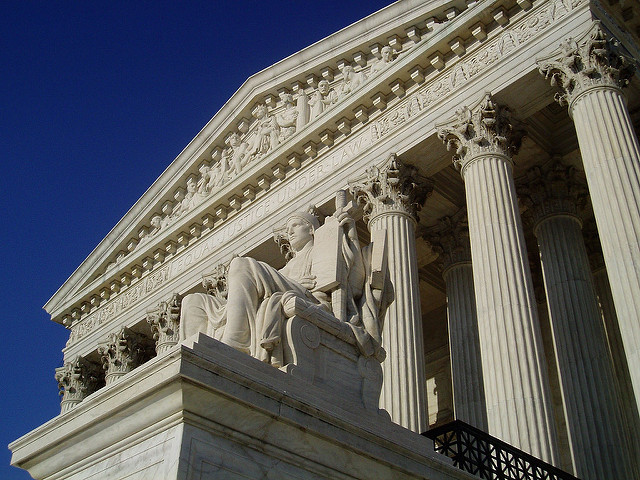
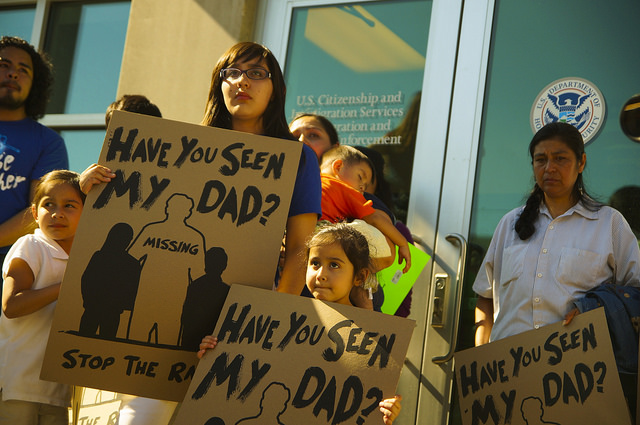


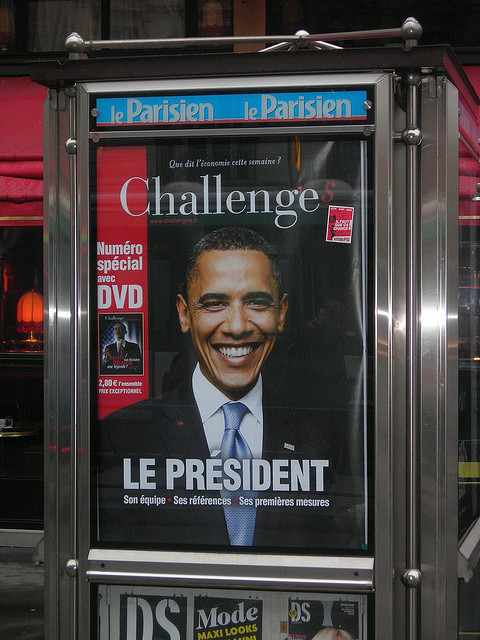
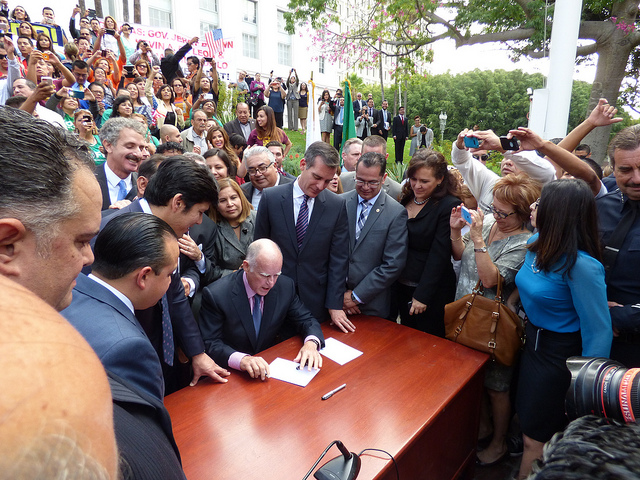
 President Obama closed off the year by announcing his highly anticipated executive action on November 20, 2014 which will go into effect early this year, but the executive action was only one of many important initiatives that occurred in 2014.
President Obama closed off the year by announcing his highly anticipated executive action on November 20, 2014 which will go into effect early this year, but the executive action was only one of many important initiatives that occurred in 2014.